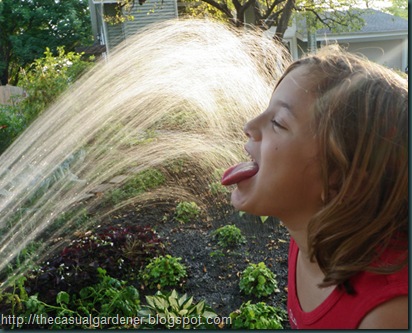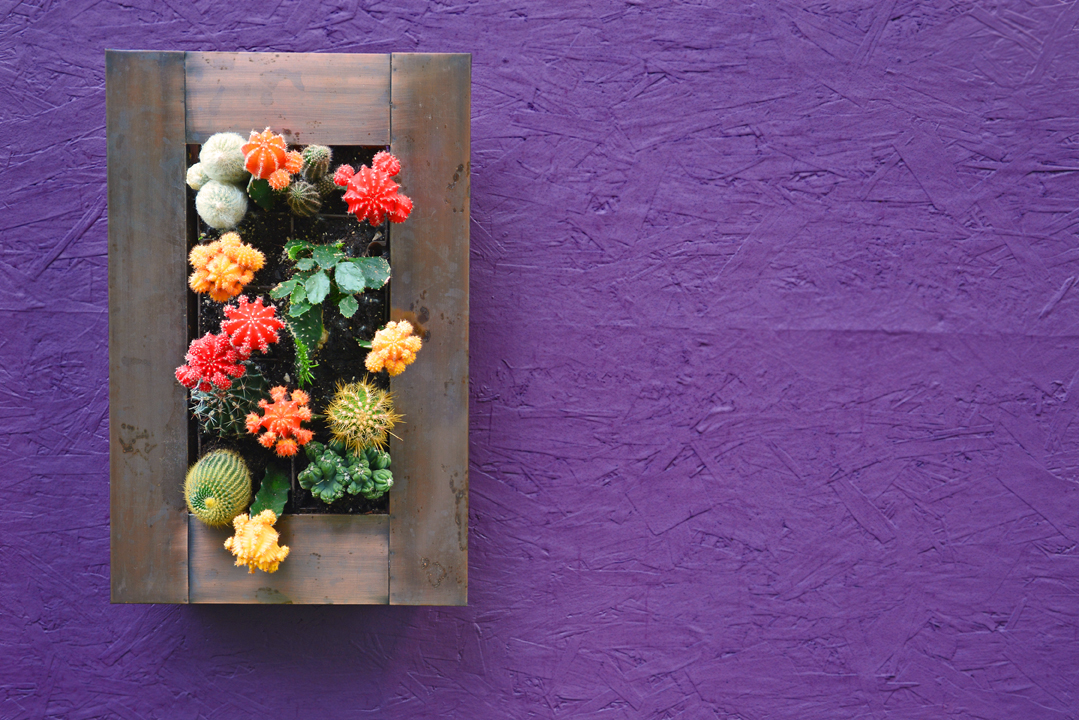Save Money – A Top Ten List for Reducing Outdoor Water Waste
Disclosure: This post may contain affiliate links from which I earn a commission.
Tips for saving water outdoors in the garden
Studies show that 30% to 40% of all home water usage is utilized outdoors on the lawn and garden. This happens mostly during the summer months, but in warm states it happens all year long.
Here are my favorite Top 10 tips for saving water outdoors in the garden so you can make a difference with water conservation:
- COMPOST! COMPOST! COMPOST! Compost often acts as a sponge; holding and retaining an incredible amount of water for your plants
- MULCH! MULCH! MULCH! Mulching keeps moisture in the ground longer after watering.
- Water before 10 AM and after 6 PM to prevent air and heat evaporation while watering.
- Do not sprinkle the sidewalk or let broken sprinklers run – it leads to hundreds of gallons of wasted water.
- Water your gardens heavily once a week instead of lightly every day.
- Do NOT over fertilize your lawn; it leads to more water requirements. In fact, I do not fertilize my lawn at all.
- Raise lawnmower blade to between 3” and 4” to allow for healthier grass that requires less water
- #1 plant choice – native, #2 plant choice – drought tolerant
- Grow the right plant in the right place. For example, place all drought tolerant plants together and all water-hungry plants together instead of mixing them.
- Utilize a rain barrel – 1/4” of chlorine free rain on your roof equals approximately 200 gallons of fresh water for your garden.
Shawna Coronado says Get Healthy! Get Green! Get Community!
Gorgeousness In The Garden – Dolce Blackcurrant Heuchera





Great tips. I just wanted to add that it's a great idea to reconsider having grass at all. It's possible to have a beautiful front & backyard using just drought-resistant plants.
Thank you Kirsten. This year I pulled most of the grass off of my front lawn and planted a vegetable garden. I agree with you. 🙂
Is it okay to use rainwater off of a composite roof for watering fruits and vegetables?
Hi CJ!
According to The GAF Corporation (http://www.gaf.com/Content/Documents/20320.pdf), regarding collecting water for irrigating vegetables – – “Water run-off from asphalt shingles is not approved for potable water reclamation…(including) watering of fruits and vegetables for human consumption.”
Having said that, the hazard of asbestos is primarily from inhalation, not from consumption. I know many who have decided with asbestos roofs to go ahead and use on their vegetable gardens.
Since I am not a scientist, I cannot give you an accurate yes or no “go ahead” for a composite roof situation.
However, I DO water my plants from my roof water. I do not have a composite roof and my roof is newer than 7 years old, so is made of non-hazardous materials.
My recommendation is to keep researching this issue as it is dependent upon the specific ingredients in your roof material.
Thanks!
Shawna
Great list. Do you think they (the general public) will ever 'get it'?
One biggie you forgot:
Water the soil… not the plants.
Water on the greenery evaporates away eventually, and until it does, increases the risk of a fungus.
Drip irrigation is the best
gary@AmpleHarvest.org
Water the SOIL NOT THE PLANTS – perfection – and I should have included that. Thanks for the remind!
Shawna Coronado
I think saving money for our plants natural bloom and vegetables might help an natural healthy product.